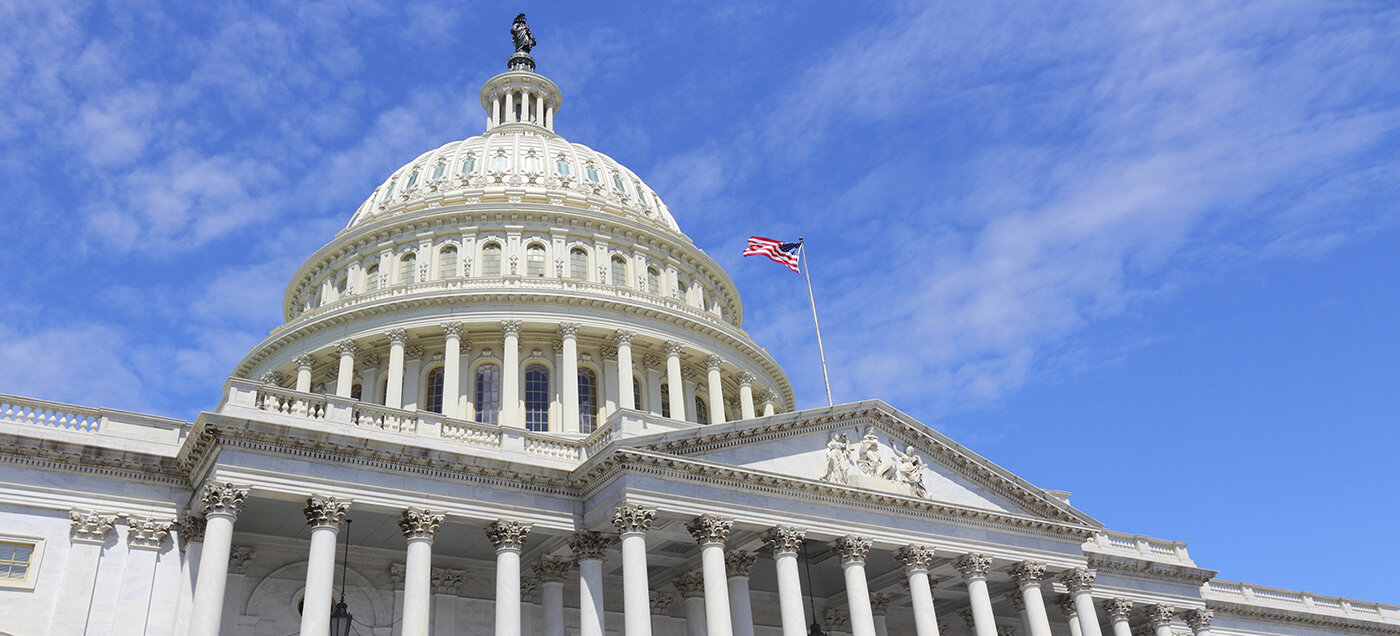Residential Real Estate News

U.S. Government Regulatory Costs Add Staggering $93,870 to New Home Prices
Residential News » Washington D.C. Edition | By David Barley | May 7, 2021 8:20 AM ET
According to the National Association of Home Builders (NAHB), regulations imposed by all levels of government account for $93,870, or 23.8 percent of the current average sales price ($397,300) of a new single-family home in 2021.
Of the $93,870 figure, $41,330 is attributable to regulation during development, and $52,540 is due to regulation during construction.
"This study illustrates how overregulation is exacerbating the nation's housing affordability crisis and that policymakers need to take bold steps to reduce or eliminate unnecessary regulations that will help builders increase the production of quality, affordable housing to meet growing market demand," said NAHB Chairman Chuck Fowke.
Of note, the study on the cost of regulation does not take into effect how rising lumber and other material prices over the past 12 months have raised housing costs. NAHB completed another report last month which shows rising lumber prices that have soared more than 250 percent since April 2020 have added $35,872 to the price of a typical new home. This figure is on top of the $93,870 cost due solely to regulation.
While NAHB's previous regulatory estimates in a 2016 study were fairly similar, the price of new homes increased substantially in the interim. When applying these percentages to Census data on new home prices, the data show an estimate that regulatory costs in an average home built for sale went from $84,671 to 93,879 -- a 10.9 percent increase during the five-year span between NAHB's 2016 and 2021 estimates.
Sign Up Free | The WPJ Weekly Newsletter
Relevant real estate news.
Actionable market intelligence.
Right to your inbox every week.
Real Estate Listings Showcase
Related News Stories
Residential Real Estate Headlines
- More Americans Opting for Renting Over Homeownership in 2024
- BLOCKTITLE Global Property Tokenization Platform Announced
- Small Investors Quietly Reshaping the U.S. Housing Market in Late 2024
- Greater Miami Overall Residential Sales Dip 9 Percent in November
- U.S. Home Sales Enjoy Largest Annual Increase in 3 Years Post Presidential Election
- U.S. Housing Industry Reacts to the Federal Reserve's Late 2024 Rate Cut
- U.S. Home Builders Express Optimism for 2025
- Older Americans More Likely to Buy Disaster-Prone Homes
- NAR's 10 Top U.S. Housing Markets for 2025 Revealed
- U.S. Mortgage Delinquencies Continue to Rise in September
- U.S. Mortgage Rates Tick Down in Early December
- Post Trump Election, U.S. Homebuyer Sentiment Hits 3-Year High in November
- Global Listings Aims to Become the Future 'Amazon of Real Estate' Shopping Platform
- Greater Las Vegas Home Sales Jump 15 Percent in November
- Ultra Luxury Home Sales Globally Experience Slowdown in Q3
- World Property Exchange Announces Development Plan
- Hong Kong Housing Market to Reach Equilibrium in Late 2025
- Construction Job Openings in U.S. Down 40 Percent Annually in October
- U.S. Mortgage Applications Increase in Late October
- World Property Markets, World Property Media to Commence Industry Joint-Venture Funding Rounds in 2025
- New Home Sales Hit 2 Year Low in America
- U.S. Pending Home Sales Increase for Third Consecutive Month in October
- Pandemic-led Residential Rent Boom is Now Fizzling in the U.S.
- Emerging Global Real Estate Streamer WPC TV Expands Video Programming Lineup
- 1 in 5 Renters in America Entire Paycheck Used to Pay Monthly Rent in 2024
- U.S. Home Sales Jump 3.4 Percent in October
- Home Buyers Negotiation Power Grows Amid Cooling U.S. Market
- Canadian Home Sales Surge in October, Reaching a Two-Year High
- Greater Orlando Area Home Sales Continue to Slide in October
- U.S. Mortgage Credit Availability Increased in October
- U.S. Mortgage Rates Remain Stubbornly High Post Election, Rate Cuts
- Construction Input Prices Continue to Rise in October
- BETTER MLS: A New Agent and Broker Owned National Listings Platform Announced
- Home Prices Rise in 87 Percent of U.S. Metros in Q3
- Caribbean Islands Enjoying a New Era of Luxury Property Developments
- The World's First 'Global Listings Service' Announced
- Agent Commission Rates Continue to Slip Post NAR Settlement
- Market Share of First Time Home Buyers Hit Historic Low in U.S.
- Greater Palm Beach Area Residential Sales Drop 20 Percent Annually in September
- Mortgage Applications in U.S. Dip in Late October





